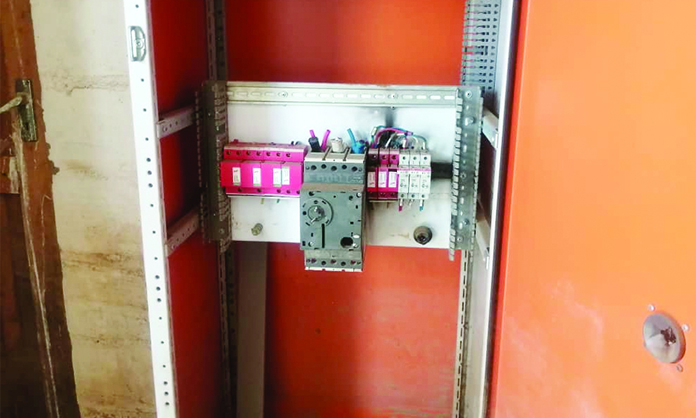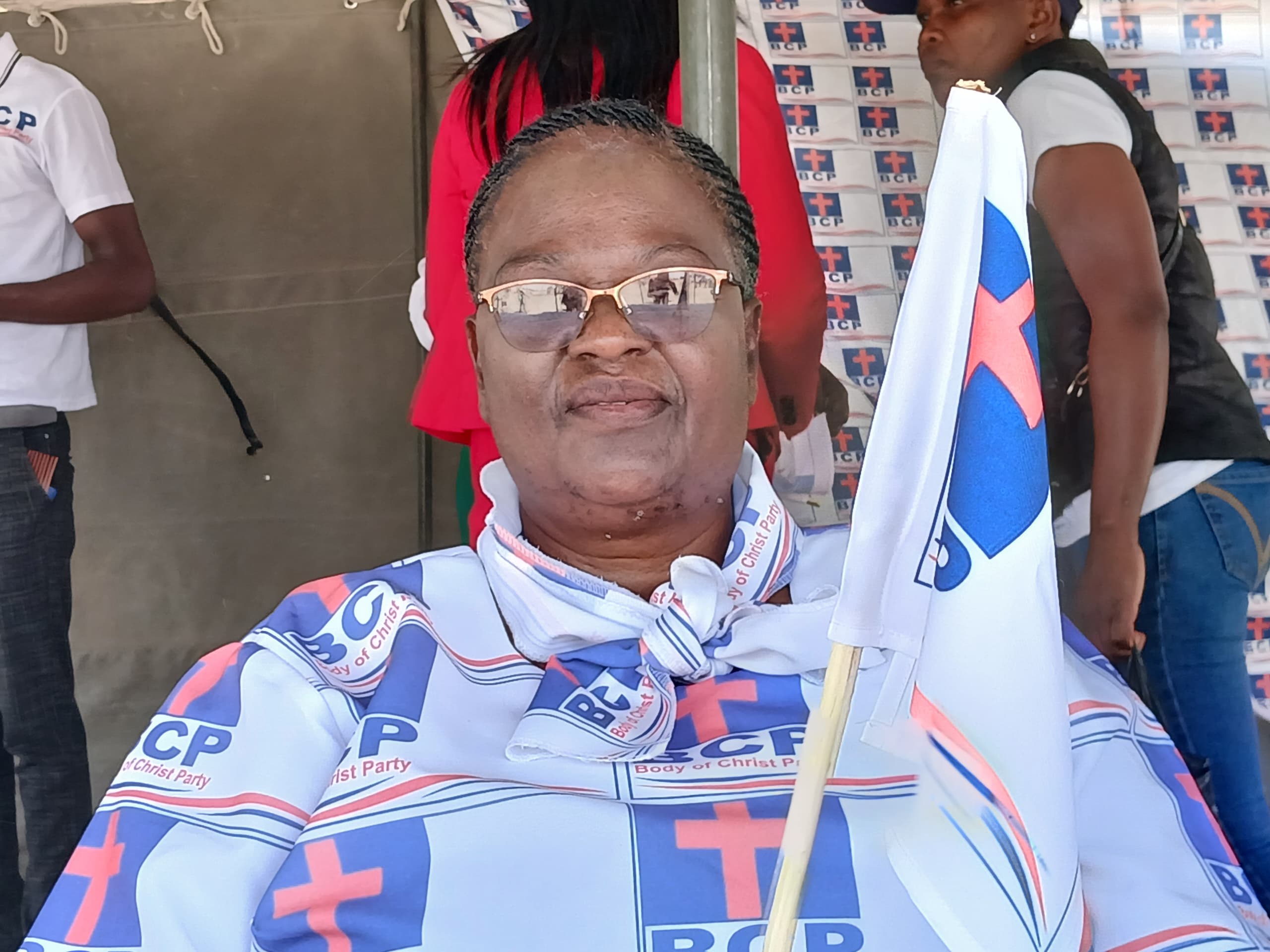Namwater has suffered a loss of approximately N$1,5 million due to theft of five kilometres of cable from its coastal infrastructure since last year.
The most recent incident occurred in the Utuseb area of the Kuiseb Delta outside Walvis Bay last week, where one kilometre of underground copper cable was stolen from a NamWater transmitter.
A police incident report issued on Thursday estimated the value of the stolen cable at N$217 350.
“Neither recovery, nor arrest has been made yet. Police investigations are ongoing,” noted the report.
Frans Ihuhua, of NamWater’s coastal management business unit, said the organisation continuously monitors water flow from all boreholes in the coastal region.
“Flow measurements are done on an hourly basis and any reduction in abstracted flow is flagged and reported,” he said.
Ihuhua said a decrease in water supply from the ‘High Dune’ reservoir to Mile 7 reservoir led to an investigation that revealed the recent theft of electrical cables to four boreholes in the Kuiseb area.
In 2022 alone, NamWater had a combined length of about 2km of electrical cable stolen, amounting to about N$520 000. This year, they had 3km of electrical cable stolen, valued at about N$980 000.
Since last year, there have been 22 actual theft incidents and four attempted thefts, totalling damages, aside from disruptions, of nearly N$1,5 million.
The time required for repairs is determined by the extent of the damage and the length of the stolen cable, Ihuhua said.
“If the cable is short or of a smaller size, and not much damage was caused; then the repair work can be fast; and the NamWater maintenance team can have it operational usually within 24 hours.
“However, if the damage is more severe, then repair work can last for more than a week,” Ihuhua said.
He noted that the immediate impact of these thefts is felt by water consumers, affecting areas including the industrial area behind Walvis Bay and Langstrand. The root cause appears to be the high demand for copper.
“The scrap yards now pay [high prices] per kilogramme of copper, and this pricing is very tempting and attractive to the communities living nearby this infrastructure,” he said.
An action group consisting of the Namibian Police and other state-owned enterprises was formed earlier this year to address the issue. The group has conducted its first stakeholder visit to various scrap yards in the Erongo region and plans to continue these on a quarterly basis.
ErongoRed chief executive Tino !Hanabeb said the electricity distributor loses from N$3 million to N$5 million a year on average to cable theft and vandalism at the coast.
This year alone, about N$2 million was lost at Swakopmund due to theft and vandalism of electricity service infrastructure to the DRC informal settlement.
“This is a very big concern to all of us, as this is not just a financial loss, but a serious disruption to services. It also implicates our customers as they the ones who in the end are footing the bill indirectly.”
He noted that the forum was crucial in creating a united front and bringing awareness about the damage and threat of this type of crime. It is hoped that the awareness will translate into a decrease in theft and vandalism.
Erongo police spokesperson inspector Ileni Shapumba said stakeholders and the authorities visited various scrap and second-hand dealers to provide education on these issues.
“We don’t want to disclose when the next similar operation will be taking place, as it will tip off the people we want to target,” said Shapumba.
The problem of cable theft has been an ongoing issue.
“It is an area of concern. When you’re tampering with copper wires, you expose yourself to danger. We have lost people who were electrocuted.”
What makes this even more concerning is the market that exists for these stolen goods, he said.
“There are markets for these, people start buying without due diligence or verifying ownership. Possession of suspected stolen property is a chargeable offence.”
This not only represents theft, but also economic sabotage, he said.
“These are state [assets], every community benefits from them. It’s very disturbing and we are concerned about it.”
Shapumba emphasised the need for community involvement to tackle these issues.
“We need to hold hands and share information to change this.”
The problem is not limited to state-owned entities, but also affects local farmers, he said.
“One farmer is losing, another is buying, and as a result, it’s giving us a tough time.
NamPower managing director Simson Haulofu earlier this year said that the power utility is concerned about increasing cases of cable theft.
He said the most recorded crimes include copper cable theft and the removal of various components from electricity structures.
“These kinds of incidents are what drew our urgent attention, and as a responsible corporate citizen, prompted us to launch a national public safety campaign, designed to provide electricity safety education awareness to every Namibian citizen,” he said.
Stay informed with The Namibian – your source for credible journalism. Get in-depth reporting and opinions for
only N$85 a month. Invest in journalism, invest in democracy –
Subscribe Now!






